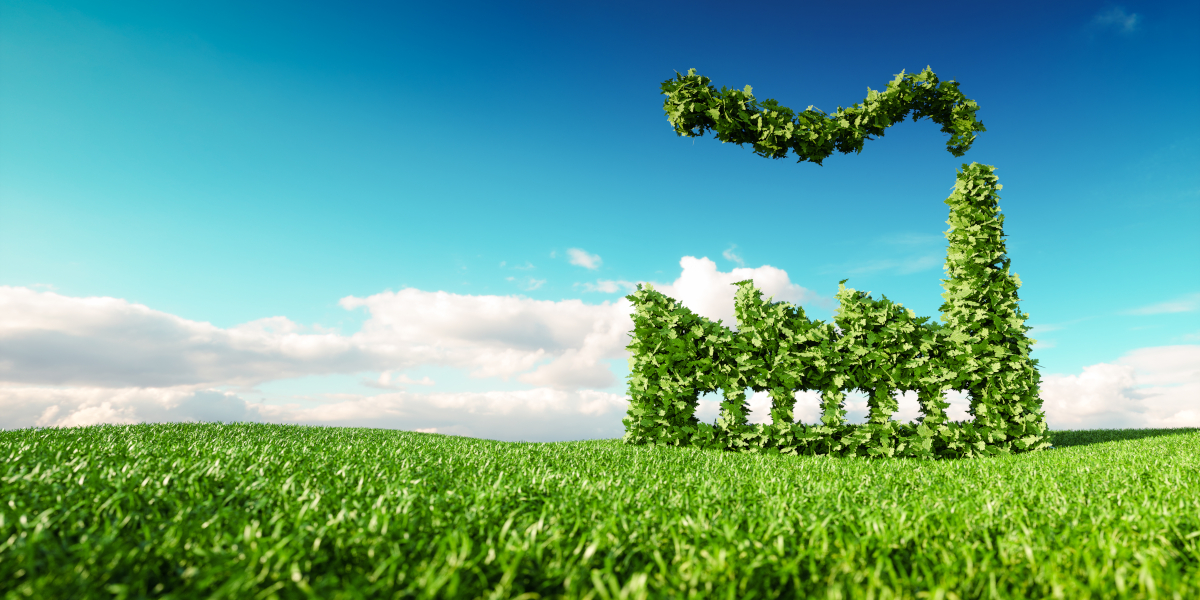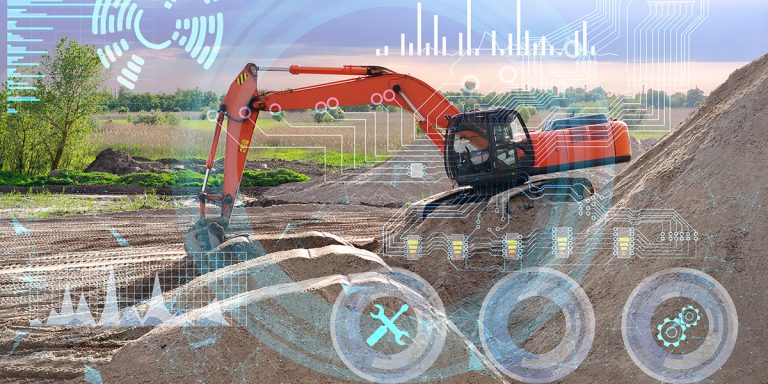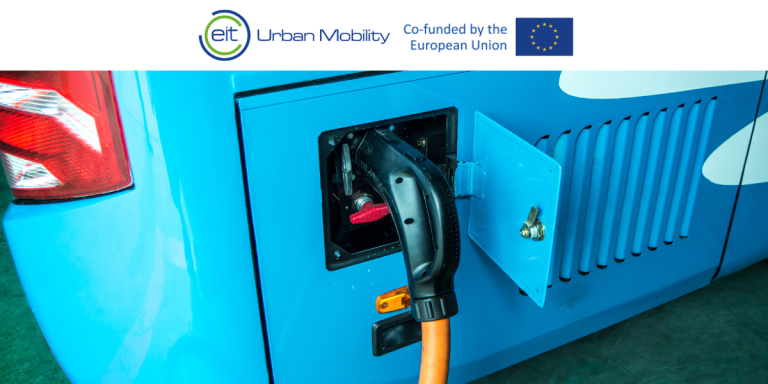…example of the Colomiers site, near Toulouse.
ACTIA is having to solve a complex equation in its electronics production activities: how to develop its business, which generates economic growth and employment, whilst considering environmental challenges?
ACTIA’s answer to this question is to reduce the carbon footprint of its three French industrial sites, Toulouse, Colomiers and Chartres, which last year all took out a supply contract for power with a 100% renewable Guarantee of Origin (hydroelectricity, solar or wind energy sources).
This approach is in line with an overall plan to create sustainable industrial performance, which is part of its CSR policy and a sustainable vision mindful of human issues.
Below, is how these measures are actually taking shape at the group’s showcase industrial site – ACTIA Colomiers – where for the past five years a programme has been underway to reduce its carbon footprint.
The ACTIA Colomiers energy mix
An energy audit is a procedure that aims to accurately define the energy consumption profile of a facility. The aim of this diagnostic measure is to identify energy-saving opportunities and monitor the results of efficiency measures.
ACTIA conducted the energy audit for its Colomiers site in September 2020 with Bureau Veritas Solutions. This audit showed the distribution of the site’s energy mix. The energy mix is the distribution and weighting of the various types of primary energy for generating power that can be used directly, such as electricity or heat.
80% of the energy mix at the Colomiers site is distributed as follows:
• 60% of the site’s energy consumption comes from manufacturing processes;
• 20% of the site’s energy consumption is a result of heating and cooling the premises.
ACTIA is therefore working on both of these optimisation drivers to improve the energy balance at its showcase site. Taking out contracts for power with a 100% renewable Guarantee of Origin also helps minimise the site’s carbon footprint.
Note:
A Guarantee of Origin (GO) for power is an electronic document issued by an independent organisation certifying that, for each MWh consumed by ACTIA, EDF Enterprise delivers electricity certified to be of renewable origin equivalent to this consumption into the electrical grid. These certificates attest to ACTIA’s participation in the energy transition.
Improvement of building energy efficiency
Extending the site to include medium- and large-scale production lines prompted ACTIA to undertake a process to improve the thermal properties of the building and save energy through a major renovation project, notably including:
- refurbishment of false ceilings ;
- ground, ceiling and wall insulation ;
- insulation of double skin roofs, etc.
Retrofit of lighting for sustainable industrial performance
Relamping or retrofitting means upgrading a lighting system by replacing obsolete, faulty or energy-inefficient light sources. ACTIA has taken this approach at its Colomiers site. Upgrading the building’s lighting involved replacing all compact fluorescent and neon bulbs with LED lighting. This technology has established itself over the past few years as a major way of reducing electrical power consumption, with savings of up to 80% compared to incandescent light bulbs.
Selecting more energy-efficient machines
Selecting and integrating machines that consume less electricity, nitrogen or compressed air has enabled us to add production equipment without affecting the site’s electrical power consumption.
Installation of a high-pressure air humidifier
Electronic equipment requires an environment with humidity of between 40% and 50%. Guaranteeing this constant optimal humidity is one of the most effective ways of protecting against electrostatic discharge (ESD) when producing electronic components.
Other measures include: wearing ESD wrist straps and coats, dissipative flooring, furniture connected to a ground, etc. To produce this ambient humidity, water vapour humidifiers were replaced with high-pressure humidifiers, which use less electricity and water.
As well as helping to guarantee the quality of the components and finished products, additional air humidification also has a positive impact on the well-being and health of staff in the workplace.
There are many benefits to humidifying production workshops:
- Increased productivity;
- Increased return on investment for the production facility and operations;
- Continued and improved product quality;
- Reduced waste from damaged components;
- Improved quality of interior air for the health of employees.
Sustainable industrial performance : what benefits for ACTIA customers ?
The energy optimisation measures at ACTIA’s showcase French production site are generating significant benefits for customers, who are receiving a competitive and flexible quality of service based on actual energy efficiency needs for electronics.
“This subject made us question the company’s core business and manufacturing processes. Currently, the industry must work on flexible production. We have to be able to vary production and demonstrate agility, so as to adapt to customer demand. This flexibility must also concern power. This means we have to rethink the organisation of the production lines: do we need a single centralised production line or several lines, each supplied with power? The more we work on the process, the more benefits we gain, improving both production and its energy efficiency,” explains Florent Desvignes, Director of the ACTIA Colomiers site.
Other projects aiming to reduce the site’s carbon footprint are being assessed, with, for example, plans for solar panels on the employee car park roof and the recovery of energy from the heating value of the liquid nitrogen used in the wave soldering of PCBs.
ACTIA’s eco-friendly measures at its Colomiers site are part of an overall desire, already established in the group’s culture and vocation, to guide its business towards more sustainable, decarbonised mobility.






